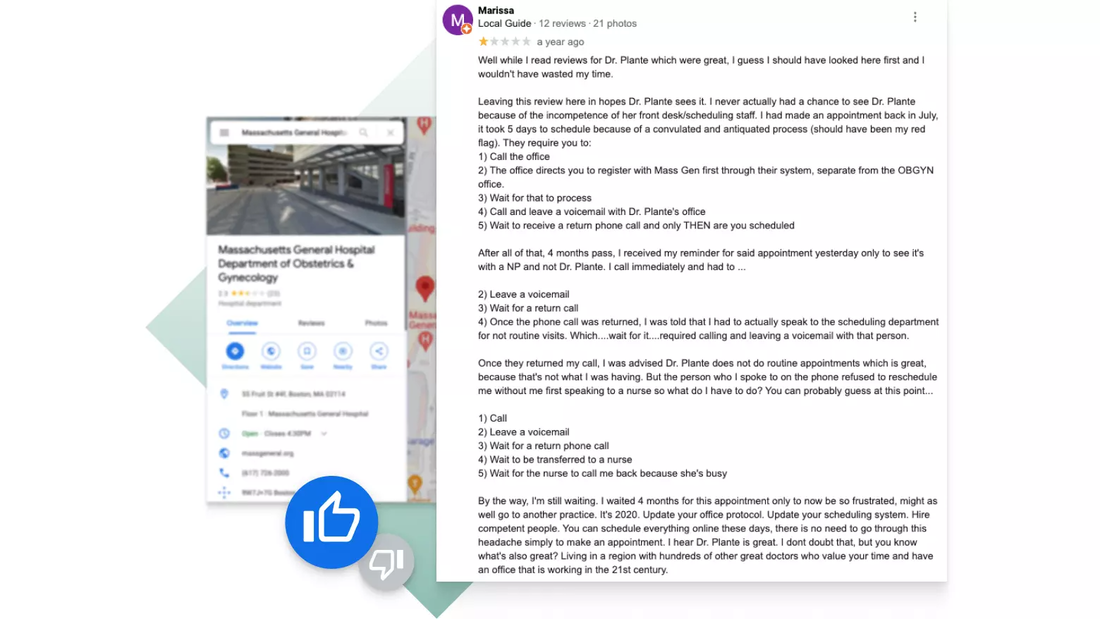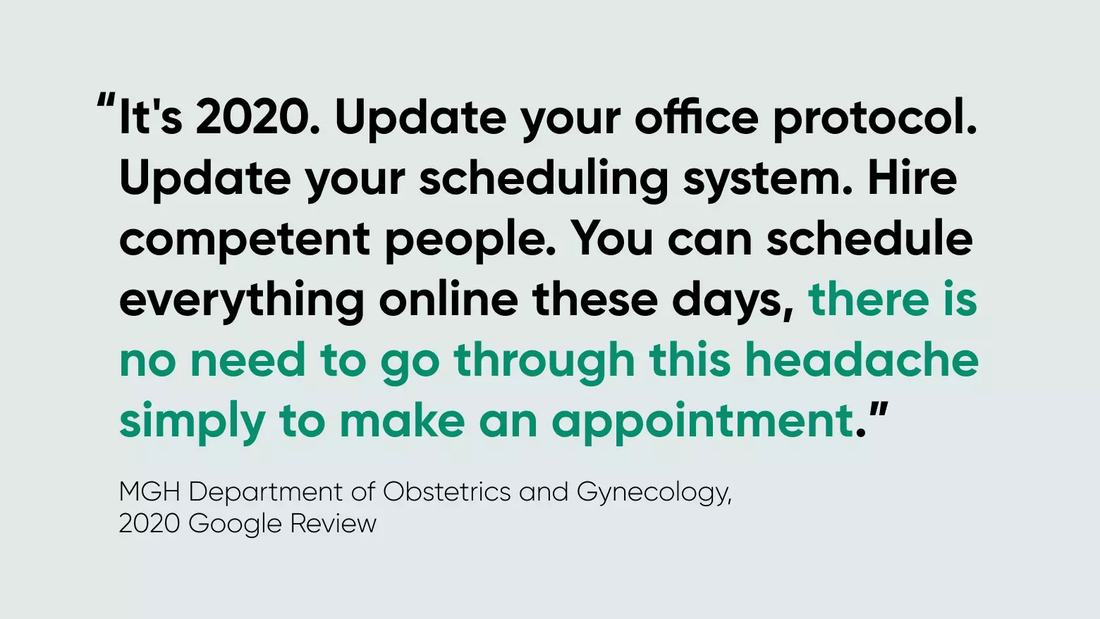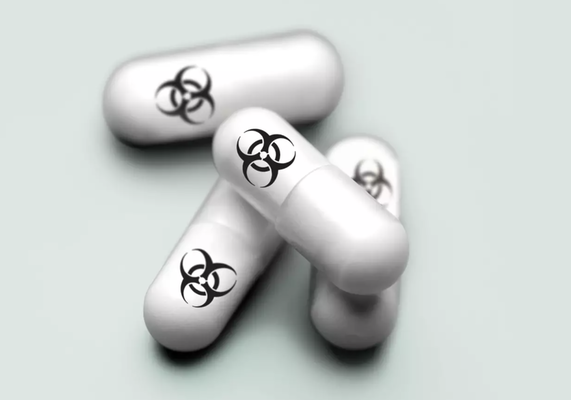Remember renting movies at Blockbuster?
It used to be a field trip, right? Go out to dinner on a Friday or a Saturday night, then go to Blockbuster and roam the aisles for videos (VHS, to boot!) and rent one or two of them at a time. It was an era that seemed like it would never end. Who could have imagined life in the '80s, '90s, and early 2000's without the video store?
Enter Netflix.
At first, people received DVDs in the mail in a little red envelope, not via the streaming platform we all know today, but the convenience was striking. Today, many people don't even realize just what a metamorphosis Netflix has gone through, but in its earliest days, it simply turned the Blockbuster business model on its head: it delivered videos directly to the consumer and didn't charge any late fees — versus Blockbuster forcing the consumer to come to them, and charging (lucrative) late fees if videos weren't returned on time.
In just a few years, Blockbuster went from business darling to business bankruptcy. So what happened?
Numerous accounts of why Blockbuster failed have been written, and we don't need to rehash them here. But there are specific lessons we can learn from Blockbuster's failures — especially when it comes to making sure healthcare doesn't meet the same fate.
It's all about friction.
Roger Dooley wrote a book about the concept of "friction," which describes how people will abandon a conversion because of the "unnecessary expenditure of time, effort or money in performing a task." How many times have you abandoned an online shopping cart or hung up on a support call because it's just too hard to get through or too hard to convert?
Blockbuster's business model created multiple layers of friction for the consumer – friction that consumers didn't even know existed until new market entrant Netflix turned the model on its head.
- Blockbuster forced the consumer to come to the store to rent a movie
- The consumer had to physically browse for a movie and if the movie was completely rented, there were really no other options.
- The consumer had a set timeframe to rent the movie and if delivered late, had to pay a late fee.
When Netflix came along, it became apparent that going to Blockbuster was suddenly inconvenient (friction). Physically browsing (instead of searching online) for a movie was suddenly inconvenient (friction). Paying a late fee if you kept a video for longer than you had rented it was suddenly inconvenient (friction).
And we don't just see this with Blockbuster and Netflix:
- Hailing a taxi (e.g., taxi company forcing you to find a taxi) versus Uber (your ride comes to you).
- Going to the movies to watch a blockbuster hit versus sitting in the comfort of your own home and watching the movie on Amazon Prime, Netflix, Hulu, Apple+ and more.
- Shopping in person and schlepping your purchases home (going to the store for a product) versus shopping on Amazon, comparing products, price and reviews and having your purchase delivered to your front door (product comes to you)
New market entrants like Uber, Spotify, Amazon and more have all sought to reduce friction in their respective industries. It has worked phenomenally — which shows us a thing or two about what consumers want and have adapted to.
How is this at all relevant to healthcare?
Roger Dooley writes about four types of friction:
- Decision Friction
- Consumer Experience Friction
- Technical Friction
- Internal Friction
Healthcare experiences the most friction with #2: Consumer Experience. It's really hard to find a provider on Google unless the healthcare organization is actively managing this strategy — and don't even mention finding a provider or an answer to a healthcare question on a health system website.
If a patient wants to call for an appointment, they have to go through 100 different hoops to book, or stay on hold for almost an hour. If they can't easily book an appointment online, they're more likely to abandon.


"It’s 2020. Update your office protocol. Update your scheduling system. Hire competent people. You can schedule everything online these days, there is no need to go through this headache simply to make an appointment"
Until recently, the healthcare industry hasn't had to consider the consumer experience because it's been like Blockbuster in the 90s: large, unchallenged by upstart competitors, and aware of the fact that changing the status quo might have dramatic impacts on its business model. (If Blockbuster had changed its business model and eliminated its late fees, it would have taken a significant revenue hit.)
It's not totally the fault of health systems – it's the entire ecosystem.
- Providers have been resistant to opening up their schedules and their schedules are pretty complex, so it's hard to roll out online appointment scheduling.
- EMRs have historically been walled fortresses that aren't allowing for data interoperability.
- Until recently, executive teams have buried their heads in the ground ignoring digital transformation and consumer experience in favor of serving the providers who work there rather than the consumers who receive care there.
It's past time for a change — because the "healthcare Netflix" is here.
Now, health system business models are being threatened by new market entrants like Amazon, CVS, Google and Walmart. They are out to expose the Consumer Experience Friction that exists in healthcare — and because patients and consumers have been exposed to much lower friction in other industries, they will not tolerate a poor experience in their healthcare for much longer. If it's easier to see a provider via Amazon Alexa's partnership with Teladoc, or to run across the street to a HealthHub or a MinuteClinic, or to see a doctor while you're shopping at Walmart, wouldn't you do it? While the old world of business and healthcare meant that the consumer had to come to the business, the new way of successfully doing business is that the business must go to the consumer.
Healthcare organizations can do better. It doesn't mean the process needs to change dramatically. Small steps can mean really large improvements in reducing friction.
What kind of steps can reduce friction in the healthcare consumer experience?
Consider how a consumer has been trained to experience a business today and all of the touch points the consumer has with your organization, and where you can make incremental changes. For example:
- 87% of consumers begin their product search online. More than 70% of consumers search for healthcare online. Consider this: your healthcare product or service is easily your providers, your provider specialties and scheduling availability. Make sure your providers are discoverable where consumers are looking for them. Even before that, make sure you actually know your provider "inventory" – get a command over your provider data and provider specialties and actively manage this information on an ongoing basis. This should be imperative for both payers and providers.
- 95% of consumers read reviews before purchasing anything**.**During the search process, customers compare products and services using ratings and reviews and price information before converting. In healthcare, over 70% of consumers use online reviews to evaluate and select a healthcare provider. Are you managing your provider reviews and do you know where your price information lives for your providers and services they offer? Are you showcasing that information on places where people are searching for them today?
- 80% of global customers have shopped online**.**Customers are used to converting online – clicking that "Place Your Order" button on Amazon. How easy is it to book an appointment online for your providers? If you can't do this for all providers, what about starting with primary care providers? Right now, approximately 85% of consumers are still booking appointments over the phonewhile 80% of patients would prefer to book online, so why are you sending them to the never ending black hole that is the call center?
- Customers are not interested in waiting in call queues. Most organizations have transitioned away from pointing people to phone numbers in an attempt to answer customer questions online in a self-service way. Do you have the ability to answer questions digitally on your website or via Google if people are searching? Perhaps the last thing someone wants to do is call when she could find information about her healthcare online.
Healthcare marketers have historically focused on brand marketing to drive loyalty to the institution and they haven't historically been responsible for the overall consumer experience. But who is? It takes a partnership between the technology, experience, finance, and marketing teams to drive a better experience all together. Marketing can make incremental improvements by making it that much easier to find a provider. Marketing may also need to build powerful partnerships internally. Or, executive teams may need to create an entirely new role – perhaps a "Chief Patient Success Officer" role – to lead the charge.
The point is: start making changes now, even if they are small. Those small changes make a big difference.
Blockbuster's demise shows us that consumers aren't interested in being loyal to a brand if there are more convenient ways of getting what they want. The same may end up being true in healthcare: consumers will become more loyal to organizations that can reduce consumer experience friction.
Don't let your health system fall to prey to the fate of Blockbuster. Learn more here.



